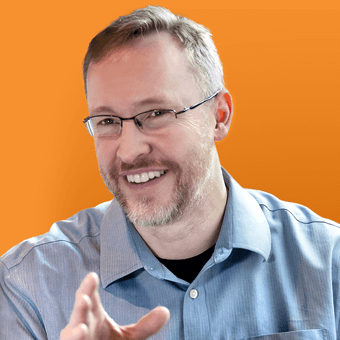< Back


Falling Through the Cracks: Continuity of User Experiences
One of the hardest things about service design is creating continuity in the user experience. That continuity, in part, comes from organizations creating internal continuity and alignment. And sometimes, departments are incentivized to do just the opposite. For this reason, Continuity in Experiences require more than a good service blueprint. It requires real organizational alignment and likely change.
Some additional things to know about Continuity of Experiences:
- Organizational change, by definition, impacts employee experience. You can (and should) use experience design tools and techniques to help bring this about.
- Regularly, organizational departments are incentivized on metrics that actually disrupt the experience.
- A common mistake is to rely on two main approaches towards change: training and a re-org. It is never this simple if you want to change operations to create improved customer/user experiences (including Continuity of Experience).
- Not all approaches to customer journey mapping explicitly take into account continuity of experience so you need to be aware of it and add it yourself.
- A quick approach to finding easy wins in Continuity of Experience is to find places in the customer journey where users need to jump to a new experience (e.g. from web to phone) or re-enter or repeat information unnecessarily.
Comments
Related Articles



